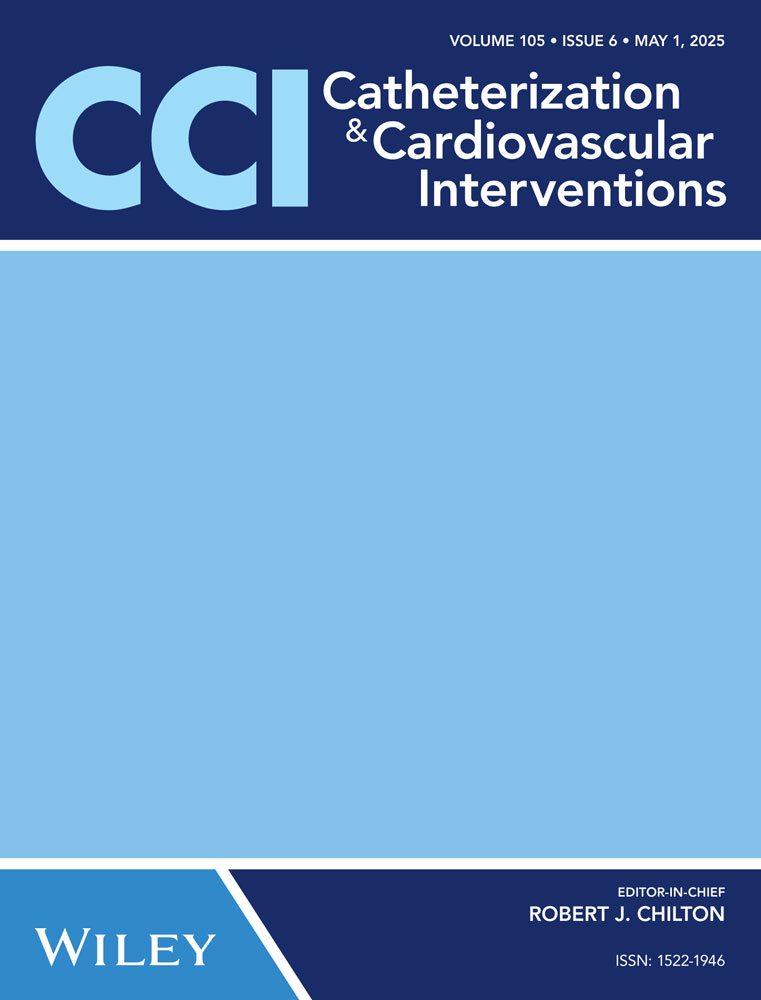Clinical Value of CT-Based 3D Computational Modeling in Left Atrial Appendage Occlusion: An In-Depth Analysis of the PRECISE LAAO Study
ABSTRACT
Background
Standard of care (SoC) assessment based on computed tomography (CT) and/or transesophageal echocardiography is suboptimal for adequate preprocedural evaluation for left atrial appendage occlusion (LAAO). This can be improved through CT-based 3D computational modeling of the LAA-device interaction using FEops HEARTguide. This study aims to assess the decisional impact of FEops in preprocedural planning for LAAO.
Methods
The PRECISE LAAO is a prospective multi-center self-controlled study evaluating the use of FEops in LAAO with Amulet. Preprocedural device size selection and degree of certainty (scale 0−10) were registered before (Decision SoC) and after accessing FEops (Decision FEops), followed by device implantation. Concordance was compared between the Decisions and the final implanted device. After the procedure, clinicians rated the subjective value of FEops on a scale from −3 (futile) to +3 (most helpful).
Results
One hundred two patients were included. Decision SoC was concordant with the implanted device in 61 patients (59.8%), whereas Decision FEops was concordant in 92 (90.2%, p < 0.0001). FEops induced a size change in 35 patients, which was correct in 33 (32.4%). Certainty SoC was 6.7 ± 1.3 and increased after FEops assessment to 7.6 ± 1.3 (p < 0.0001). In the 33 patients with FEops-induced positive corrections, Certainty SoC was lower (6.2 ± 1.5, suggesting a more complex procedure) and increased to 7.2 ± 1.2 with FEops (p = 0.004). Clinicians rated FEops as helpful (subjective score ≥ 1) in 90.2% of cases.
Conclusions
CT-based computational modeling using FEops has a positive decisional impact in LAAO, inducing a change in Amulet size selection in almost one out of three patients and increasing procedural confidence.
Trials Trial Registration: NCT04640051.
Conflicts of Interest
The authors declare no conflicts of interest.




